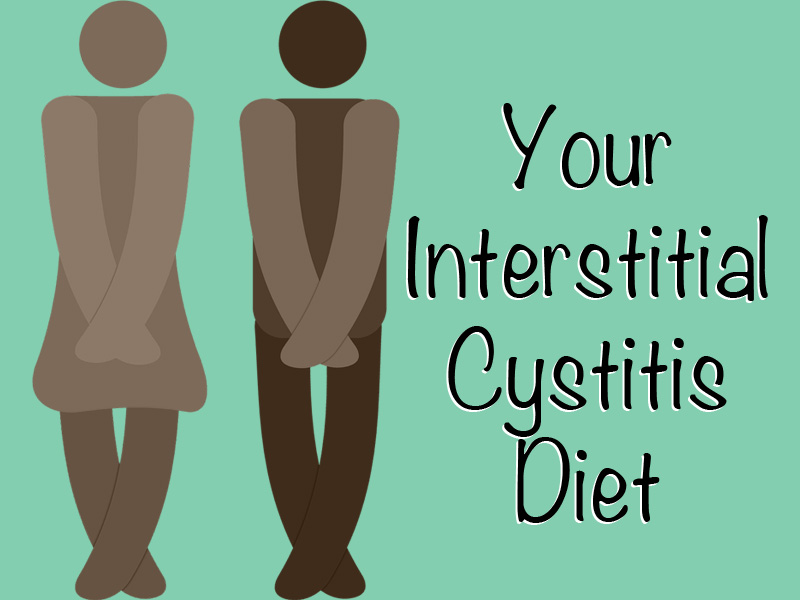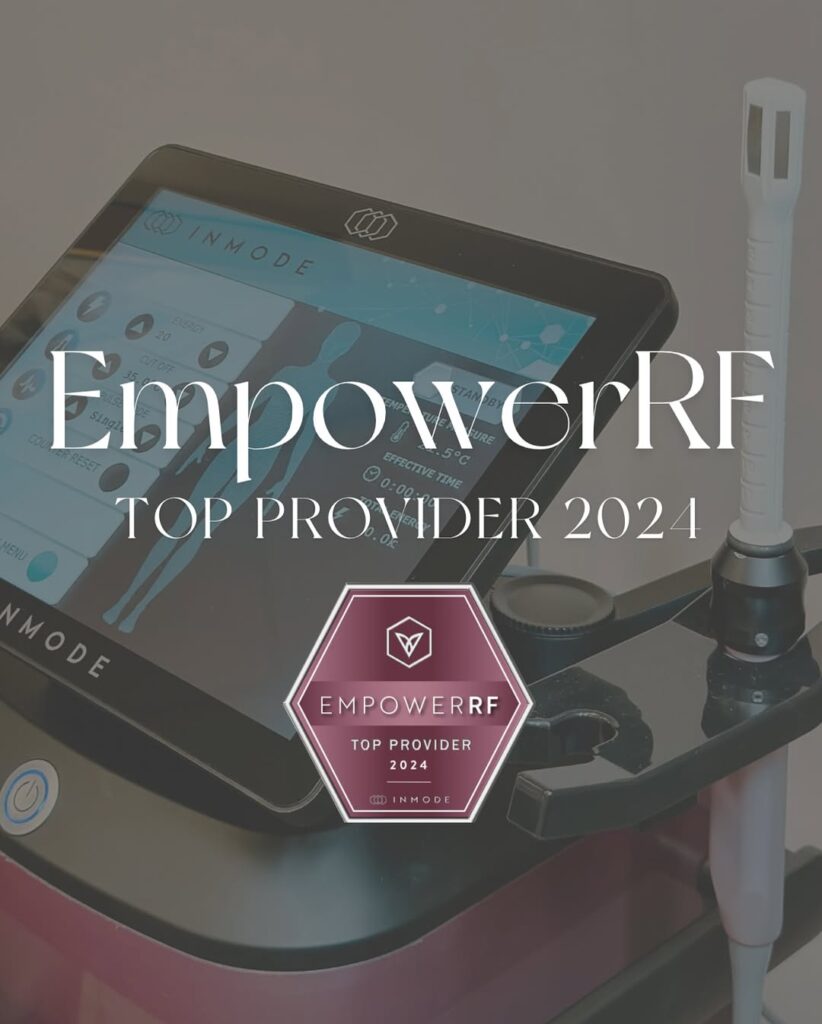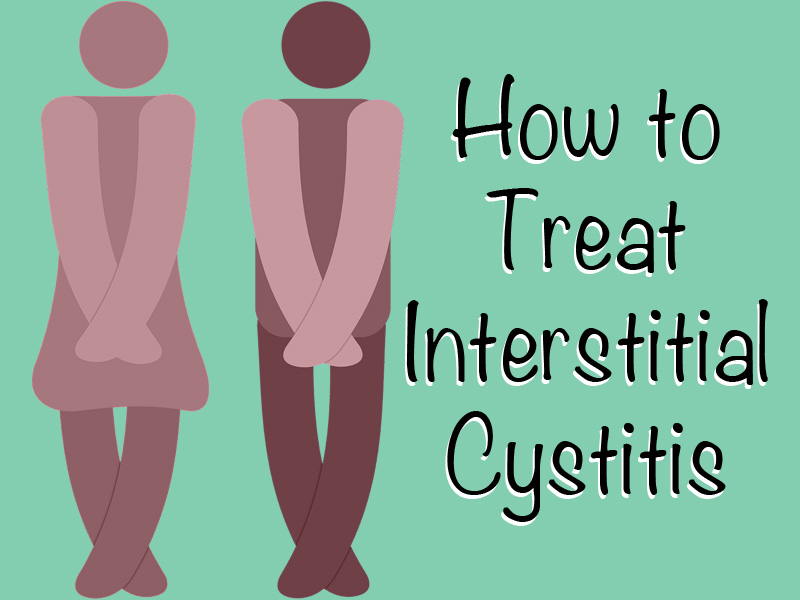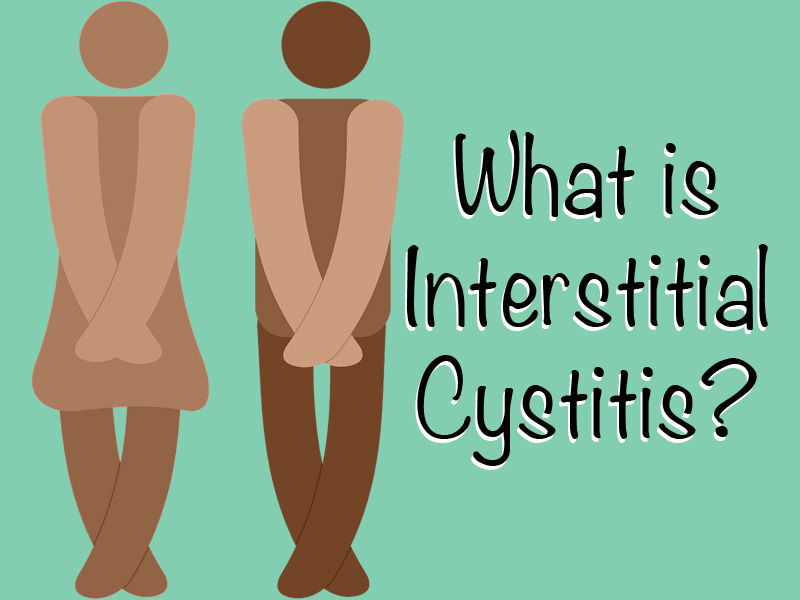Blog
What’s a Good Interstitial Cystitis Diet?

Last month we took a deep dive into interstitial cystitis (IC). We covered everything you need to know about what it is and how to treat it. But since the symptoms of IC are triggered by diet, we thought we’d take this opportunity to go even deeper into what you need to know about food, beverages, and what might be a good interstitial cystitis diet for you.
The Best Diet for IC
If you have cystitis, a balanced diet with a wide variety of items from all food groups is best. There are some foods, though, that you will need to limit or avoid. This will be personal to you.
So we can’t tell you exactly which foods to leave out in order to not trigger your cystitis. The reason is that research has consistently found that “diet triggers” vary significantly among people with IC.
Unfortunately, therefore, that means there’s no one-size-fits-all good interstitial cystitis diet.
How to Figure Out What Makes Your Bladder Flare Up
The good news is this: There’s an effective way to determine which foods and beverages trigger your own IC symptoms. And the way to do that is to keep a food diary and work through an elimination diet.
Food Diary
Each day, write down what food you ate, the time you ate it, and how much you ate.
Make sure to note how the food was prepared, because you may find that some foods, when eaten fresh, are no problem, but if you eat them canned, you have a flare-up.
Also, keep a list of symptoms and their severity. This way, you can compare symptoms and food intake and become aware of any patterns.
Interstitial Cystitis Diet: Foods to Avoid
In general, certain foods and beverages are more likely to trigger IC flares. They include:
- caffeinated and decaffeinated coffee
- caffeinated and decaffeinated tea
- soda
- alcohol
- citrus juices
- foods and drinks containing artificial sweeteners
- cranberry juice
- hot peppers
- spicy foods
Using an Elimination Diet to Discover Your IC Trigger Foods
After reviewing the list of foods it’s best to avoid, and making a list of foods that seem to be triggers for your own IC symptoms, make your own final list. Then eliminate the foods on this list from your diet for four weeks. No cheating! If you do, you won’t get the information you need to make your life better. Don’t worry – this won’t be forever. In fact, the next step is to slowly reintroduce foods one at a time to see if they trigger you up.
Add foods back one item at a time. Use a three-day approach.
- Day one – Eat a tiny amount.
- Day two – No symptoms? Consume a slightly larger amount.
- Day three – Still no symptoms? Test a regular-size portion
Use your food diary to record the results. Note that some symptoms may appear within a few minutes of eating, while others may take 20 minutes to 4 hours to trigger a flare.
Eventually, you’ll figure out what foods are okay to eat and what foods to avoid. Wait until you’ve tested every trigger food before adding any of them back regularly into your daily IC diet.
We Can Help You Find a Good Interstitial Cystitis Diet
Our nutrition counselors can help you identify and avoid foods and beverages that may aggravate your bladder. Contact us today, and let us teach you how to stay out of our office!



